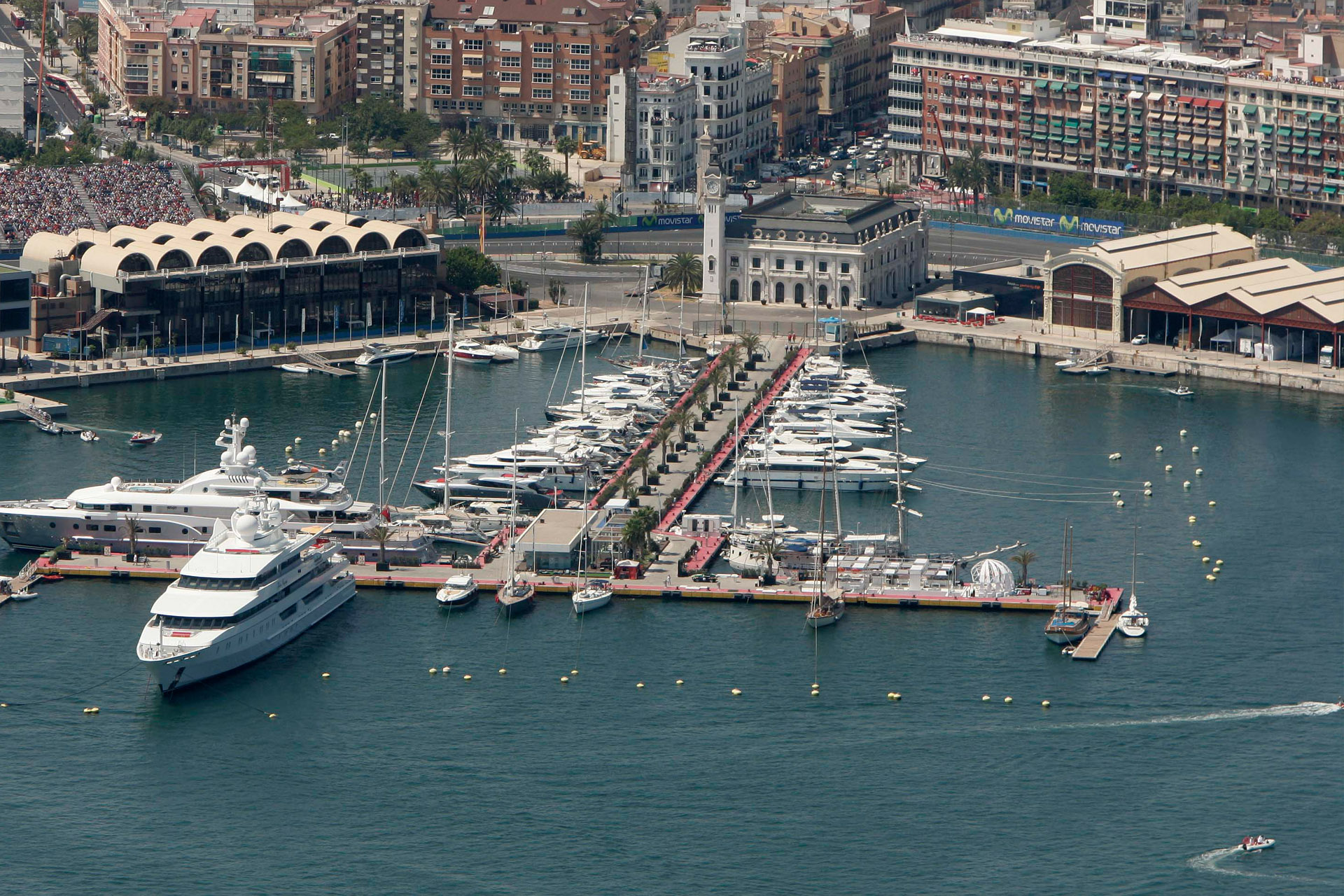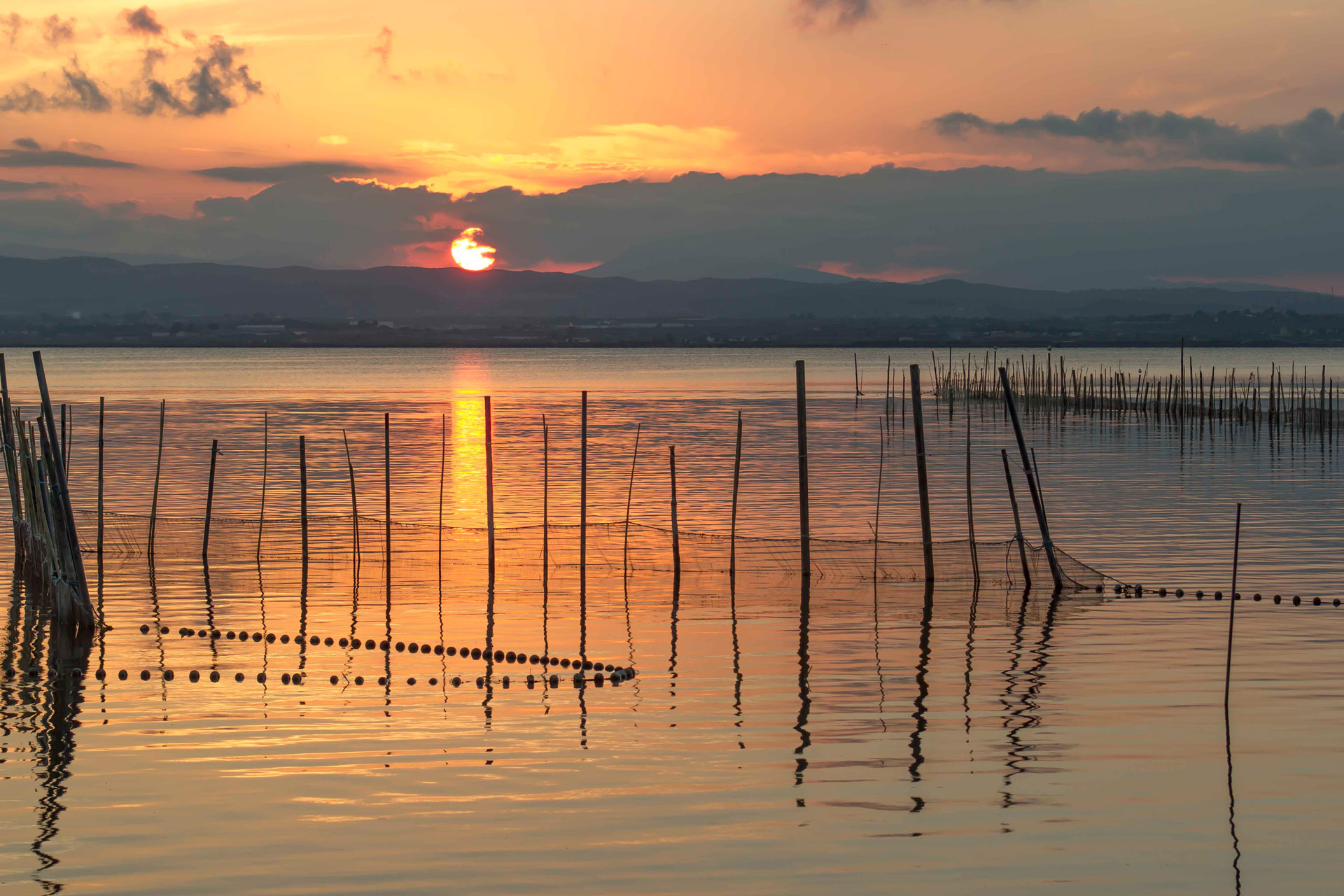Why Valencia?
Interesting web sites
Le Courrier d’Espagne (Spécial Valencia en PDF) :Courrier dEspagne 85_v12
Foreigners fall in love with Valencia! It is normal !
Many foreigners come for Spain’s sun and many (like me) choose Valencia.
Better than Madrid and Barcelona? Yes, without a doubt! Valencia is much better !
Madrid is a beautiful city, but it has the disadvantages of a capital: it’s expensive, polluted, isolated, too cold in winter and too hot in summer. And it’s far from the sea.
Barcelona, capital of Catalonia, is also a wonderful city, especially to visit. Living there is not as nice because it is too touristy, polluted, congested and expensive. Another big inconvenience: language, as you have to learn Catalan in addition to Spanish.
REMAINS :
VALENCIA: THE PLACE TO BE !The perfect place ! The best compromise !
It is neither too big nor too small … modern, beautiful, well connected (trains, roads, airplanes), Valencia is always in the Top 5 of the best European cities because it is a very easy and pleasant place to live … Here life is cheaper (more or less 30% compared to Madrid), the climate is temperate, the innumerable and beautiful beaches of the Mediterranean are waiting for you and finally the Valencians begin to really appreciate the expats ! To all this must be added another feature: maximum security. In fact, crime rates are especially low here!
Located on the east coast of Spain, on the shores of the Mediterranean, Valencia, after Madrid and Barcelona, is the third city in Spain. Founded in the year 138 BC. C. by the Roman consul Tenth June Brutus Galaico under the name of Valentia Edetanorum, Valencia becomes, the Average Age, the capital of the Kingdom of Valencia.
With almost 800,000 inhabitants, Valencia is the capital of the Valencian Community and one of its three provinces: the province of Valencia (the others are Alicante and Castellón). The city and its suburbs, has approximately 2 million inhabitants, of whom almost 15% are of foreign origin.
With a remarkable architectural and historical heritage, the city is especially known for its impressive and modern monuments like the City of Sciences made by the famous Valencian architect Santiago Calatrava. Its five futuristic buildings are “a must go”! They are the Museum of Science, the Opera, the Hemisfèric, the Agora, the Oceanogràfic and, finally, the Umbracle (a kind of garden in the shade). On the other hand, in the west part of Valencia, there is the famous Biopark, a magnificent 8-hectare zoo where the natural habitats of giraffes, elephants, chimpanzees and other animals from five continents have been recreated.
The city was crossed by the river Turia, whose waters were diverted in the 1960s following the sadly famous flood of October 13, 1957. Its former channel has now become green areas, “The Gardens of the Turia (called here “El Río”) are 8 km for families, runners, cyclists, skaters and other sportsmen …
Valencia is also known for its famous celebrations ” Las Fallas” , unique and incredible! They are organized every year from 15 to 19 March, bring together hundreds of thousands of visitors and mobilize many Valencians throughout the year for their preparations. These celebrations are both artistic, religious, gastronomic, musical, pyrotechnic and inter-generational ! You can not miss them!
Public transport is well developed and the metro network now has 9 lines and continues to expand. Line 3 connects the airport, located just 8 kilometers from the center of Valencia.
In sports, the city has a large football club that won the UEFA Cup in 2004 at the expense of Olympique de Marseille. It has hosted the 32nd Copa America (June 2007) and the 33rd edition of the Copa America in February 2010.
Major car races were also organized in Valencia as Formula 1 in 2008, 2009 and 2010, the Valencia city circuit hosted for the first time the Formula 1 World Championship by hosting the European Grand Prix. All these events have contributed to make known internationally Valencia and many expatriate families for the organization of these competitions have decided to stay.
Currently, Valencia is the third largest economic center, thanks to its automotive, chemical, metallurgy, furniture, agriculture and of course tourism. Thanks to the modernization of its port in the 80s, port activity has become a very important activity and, in 2015, Valencia was the first in Spain in terms of container traffic, with 4.6 million containers.
Agriculture is a very important part of the wealth of the Valencian Community. To the south of the city are the rice fields on the edge of the Albufera (large and beautiful water, another “must go!” But they are mainly citrus crops (oranges, lemons and mandarins) and vegetables that dominate, with a sunny temperate climate and a sophisticated irrigation system capable of recovering rainwater as well as underground water. In the interior areas we also find carob trees, olive trees and vineyards and even kiwi plantations !
The Valencian gastronomy is what is denominated like the Mediterranean diet. The proximity of the Albufera, where rice is grown explains the preponderance of rice-based culinary preparations: paella is the best known example, but here you can discover the thousand and one ways to cook rice! There are other Gastronomic specialties such as the “horchata de chufa” (a kind of delicious almond milk!) And the Fideuá (pasta prepared as paella, divine!) gained recognition beyond the Spanish borders. In local drink, you must try “El Agua de Valencia” a cocktail made with cava (Spanish champagne), orange juice, vodka and gin (you can anticipate an aspirin if you over drink it!)
Climate: Another great strong point of Valencia!
This is what we call a semi-arid Mediterranean climate. The summers are hot and the winters very mild (well, the winter of 2017 was very special with an episode of snow, real snow that covered several beaches!) It was historical and spectacular!) In general, in winter the temperature does not usually drop under 10 ° C (it is not uncommon for the temperature to reach 20 ° C during the day). Precipitations are scarce in summer, as in the whole Mediterranean, and a little more abundant in autumn and late winter and early spring. The average annual temperature is 17.8 ° C. The average humidity is high: 85% in the morning and 55% in the evening. Here we are lucky because the sun is “plugged in” 2660 hours per year!
 English
English Francais
Francais Español
Español







